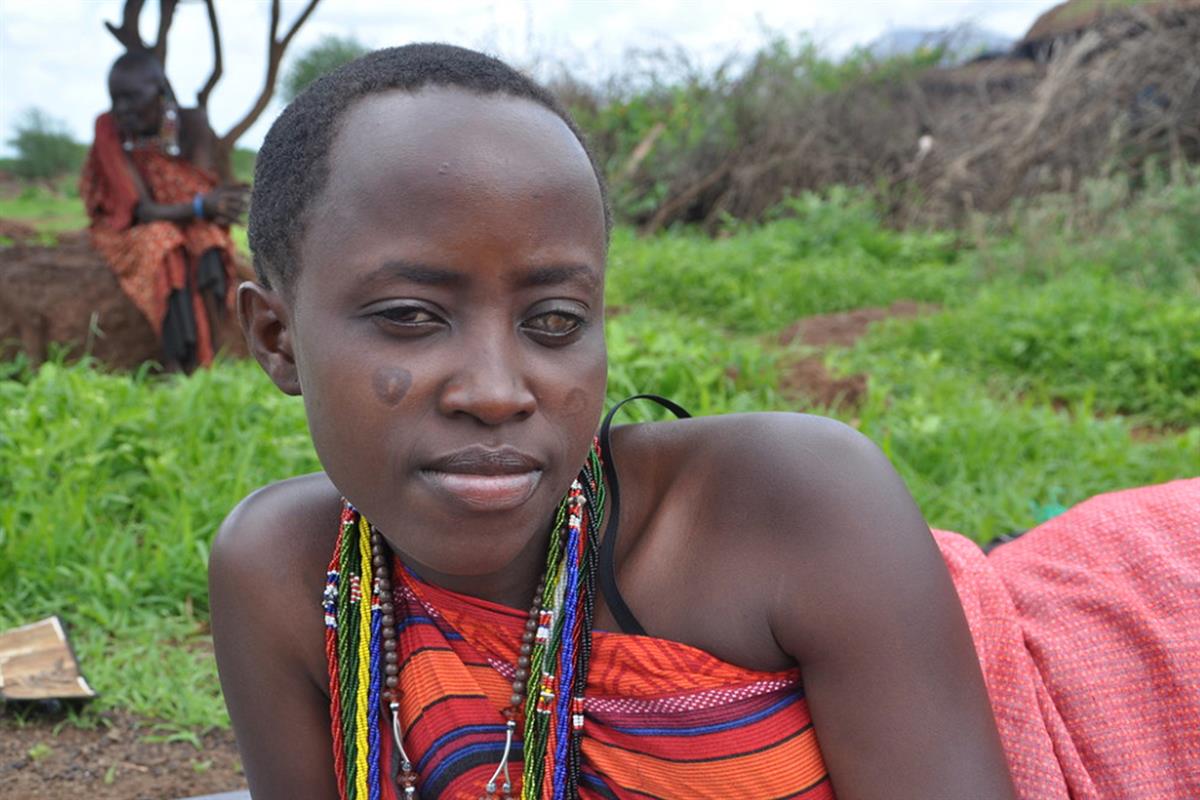Scientists warn over prevalence of chronic river blindness disease
By Samuel Kariuki, March 26, 2024Kenya has been listed as among countries where the river blindness disease which causes vision impairment, skin illness and epilepsy is prevalent.
This, despite the country rolling out control programmes for the last 50 years. Scientifically known as onchocerciasis, river blindness is prevalent in sub-Saharan Africa with a global disease burden of 1.23 million disability-adjusted life years as of 2019.
Its symptoms include severe itching, disfiguring skin conditions, and visual impairment which may result in permanent blindness.
According to scientists at the Centre for Epidemiological Modelling and Analysis at the University of Nairobi led by postdoctoral scientist Dr Mutono Nyamai, river blindness is caused by the parasitic worm onchocerca volvulus. It is transmitted to humans through exposure to repeated bites of infected blackflies of the genus Simulium.
“In sub-Saharan Africa, controlling the transmission of onchocerciasis has relied on interventions against blackfly larval stages and mass drug administration of antiparasitic drug to endemic communities. The former aims to decrease vector density and the latter to reduce morbidity, with both impacting transmission,” research paper states.
The antiparasitic drug majorly used in the case of this disease is Ivermectin known for its ability to kill the worm at its early stages of development, when it is transmitted at a high rate and mostly responsible for early symptoms among patients. The drug is assumed to reduce reproduction among adult worms over time.
“Following the approval of ivermectin for human treatment in 1987, mass treatment of at-risk populations was conducted. Drug distribution evolved from mobile delivery to community-based and ultimately to community-directed treatment with the drug,” UoN researchers said.
Researchers further noted that Ivermectin is predominantly distributed annually, exempting pregnant women, mothers breastfeeding a child younger than one week, and children younger than five years.
Tropical areas
Dr Mutono’s findings were supported by the World Health Organisation, which says river blindness is found in mainly in tropical areas.
More than 99 per cent of infected people live in 31 countries in sub-Saharan Africa.
“Four countries have been verified by WHO as free of onchocerciasis after successfully implementing elimination activities for decades: Colombia (2013), Ecuador (2014), Mexico (2015), and Guatemala (2016). Globally 1.8 million people live in areas that no longer require mass drug administration for onchocerciasis,” WHO said.
Between 1974 and 2002, WHO clarified, that river blindness was brought under control in West Africa through the Onchocerciasis Control Programme (OCP), which was through spraying of insecticides against blackfly larvae (vector control) by helicopters and airplanes. This was later supplemented by large-scale distribution of ivermectin since 1989.
More Articles

